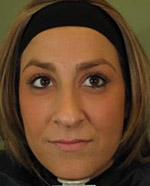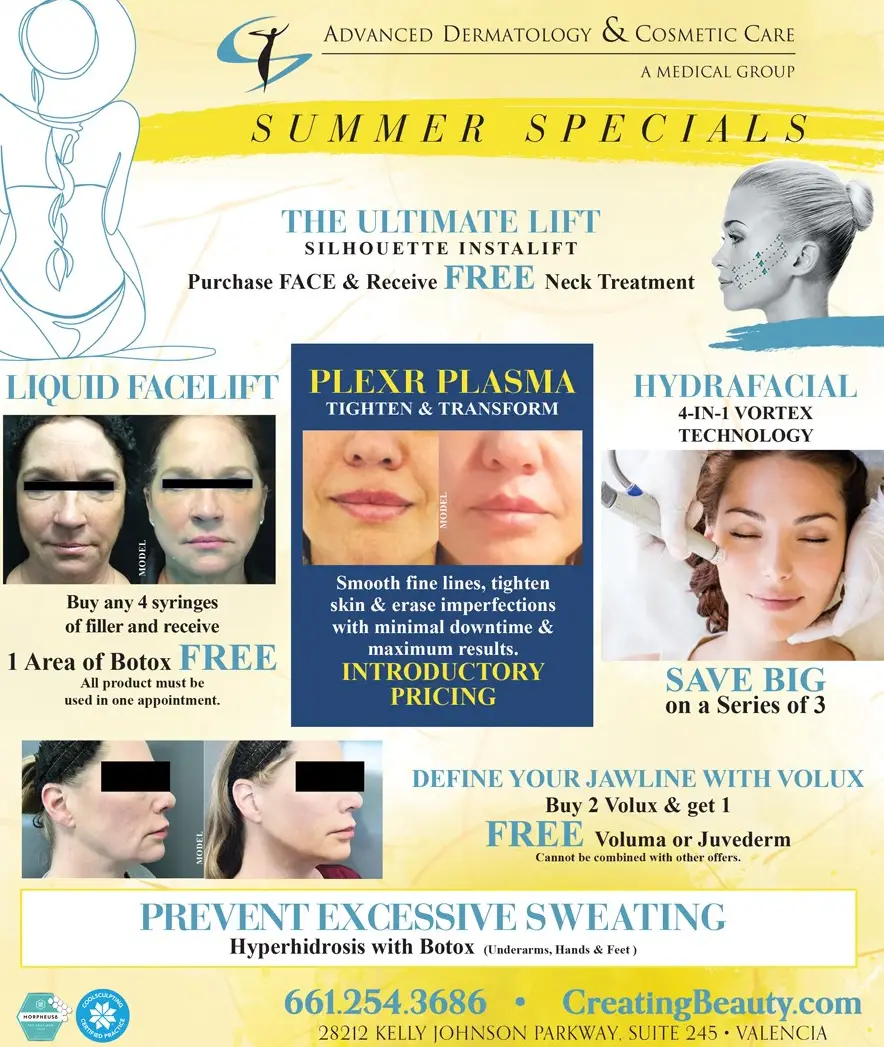Understanding Acne
By Bernard I. Raskin, M.D.
More than 80% of us at some point in our lives will be affected by acne. To better treat acne first we have to understand acne.
Acne is caused by infected oil glands. Normally the oil glands provide necessary moisture to the outer layer of the skin by covering the skin with a fine layer of oil called sebum, but when this oil becomes too thick and sticky, it cannot be efficiently discharged through the pores. When this occurs the sebum begins to accumulate under the skin at the base of the hair follicle where it hardens restricting the natural flow of oil. This hardened sebum is a great place for bacteria to accumulate causing an infection. The hardening of the sebum is often caused by normal hormone level variations as occurs in teenagers and with menstrual cycle changes.
Acne can appear in different forms and severity. Whiteheads are deeper and completely enclosed under the opening of the pore and the surrounding skin is not inflamed. There are also papules, which are small and inflamed but lack the “head” that characterizes whiteheads. Pustules are large red and inflamed bumps capped by a crown of whitish pus protruding from the opening of the pore. Blackheads usually result if the pores’ opening is somewhat larger and is almost entirely confined to the pore itself without surrounding redness. Deep subsurface blockages can create cysts which are usually larger, more tender, and more difficult to treat than any other kind of acne.
Treatments for acne are determined by the severity or grade of the acne. Grade 1 is the mildest type of acne consisting of non-inflamed whiteheads and blackheads.
Grade 2 acne is the most common type of acne experienced by most teenagers. These outbreaks usually consist of whiteheads and blackheads as well as minimally inflamed papules and pustules.
Grade 3 acne is regarded as severe exhibiting not only whiteheads and blackheads but also deep, inflamed papules and pustules as well.
Grade 4 acne is the most severe form of outbreak and is technically known as cystic acne. It is characterized by deeply embedded cysts and large pustules.
New and exciting treatments for acne are being developed all the time, including a new prescription topical medication that is so effective many patients will no longer need to take oral medications.
For more information contact Advanced Dermatology & Cosmetic Care at 661.254.3686 or visit www.CreatingBeauty.com














